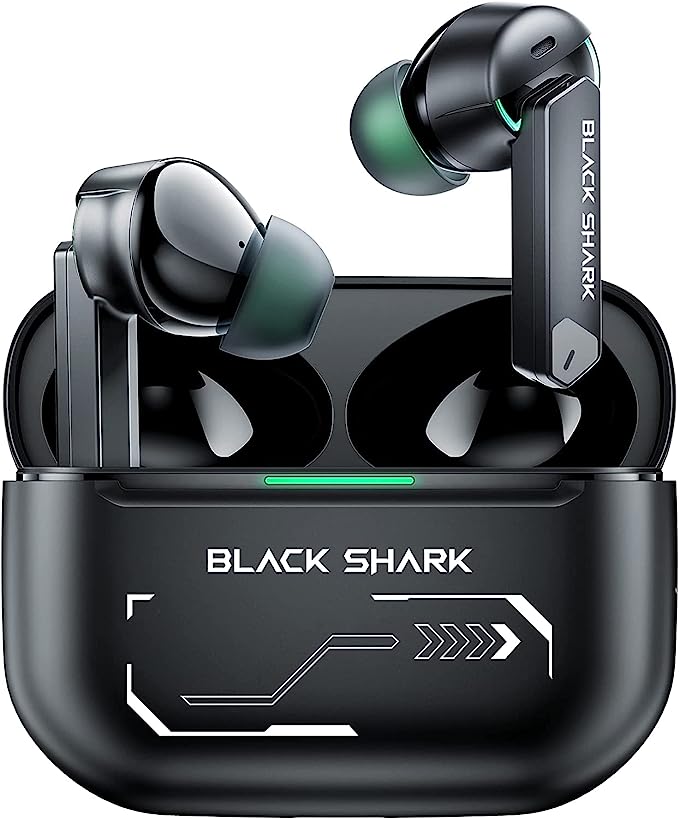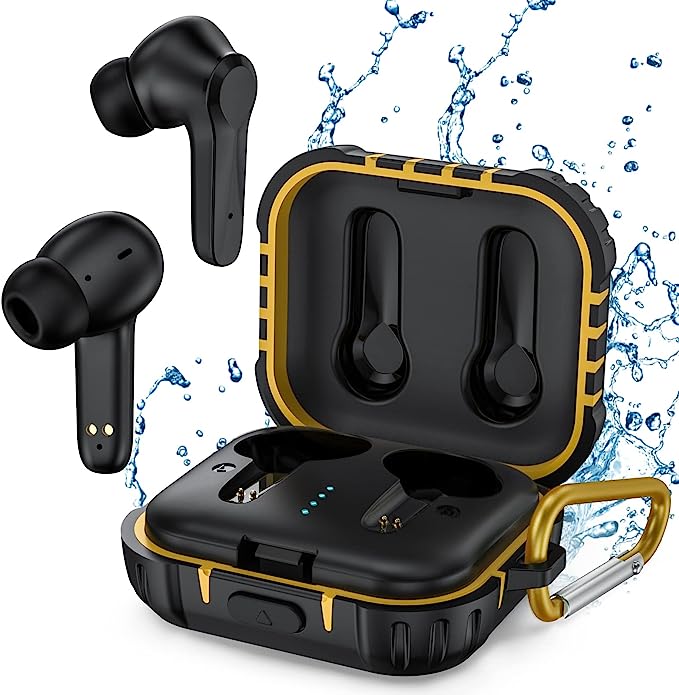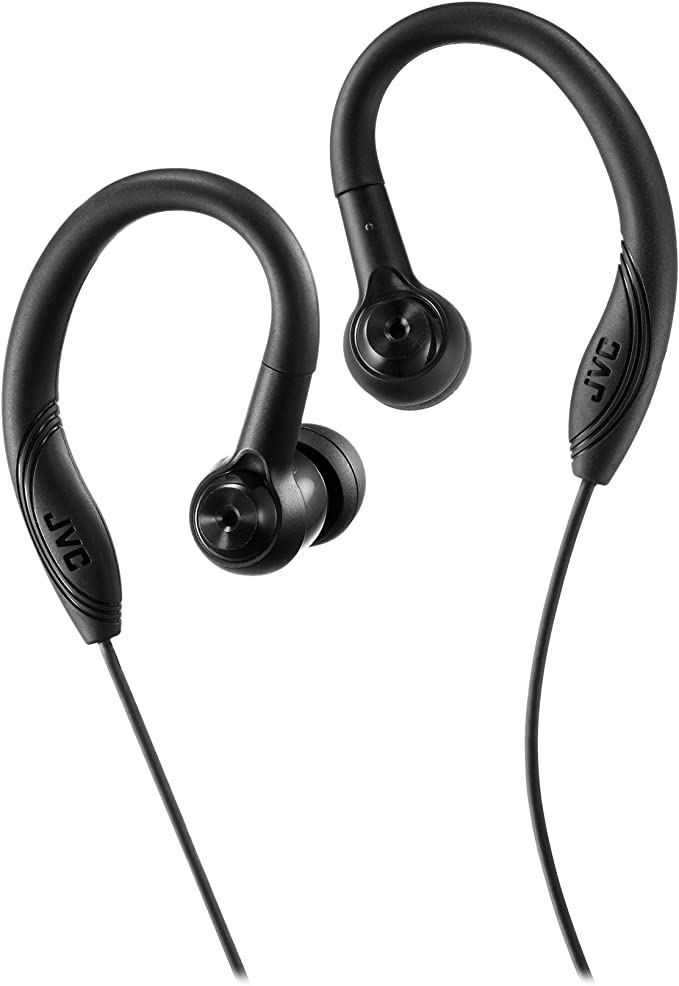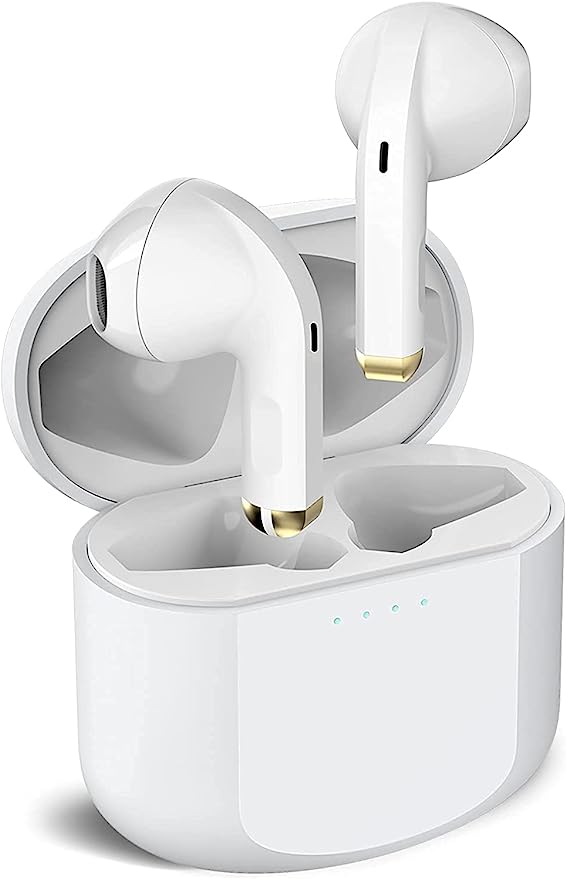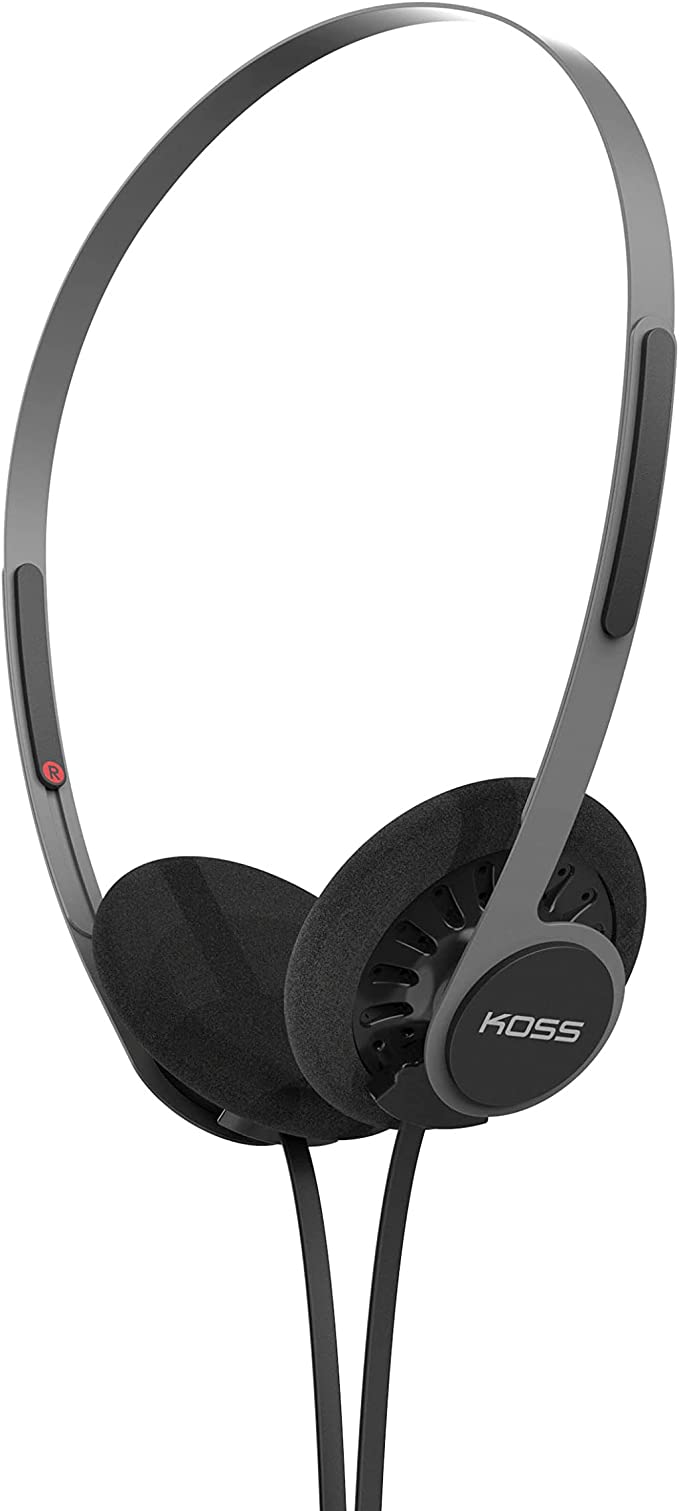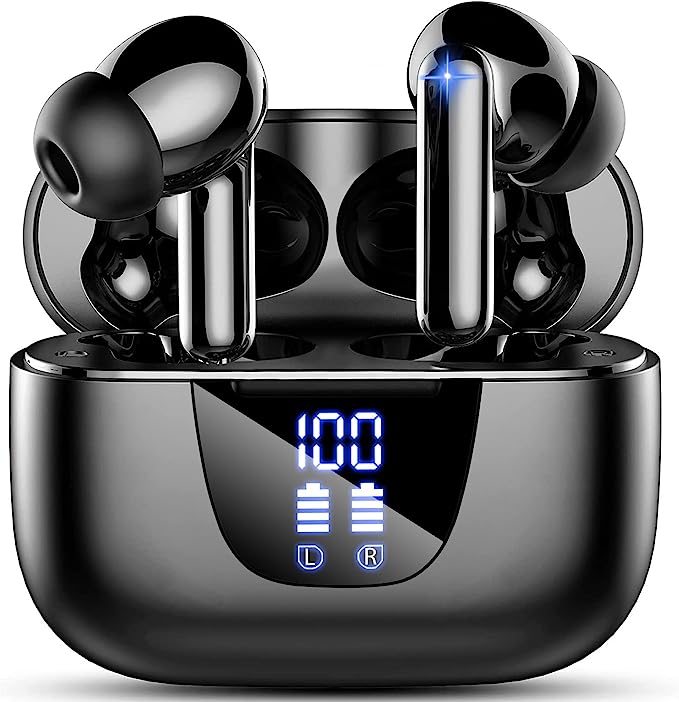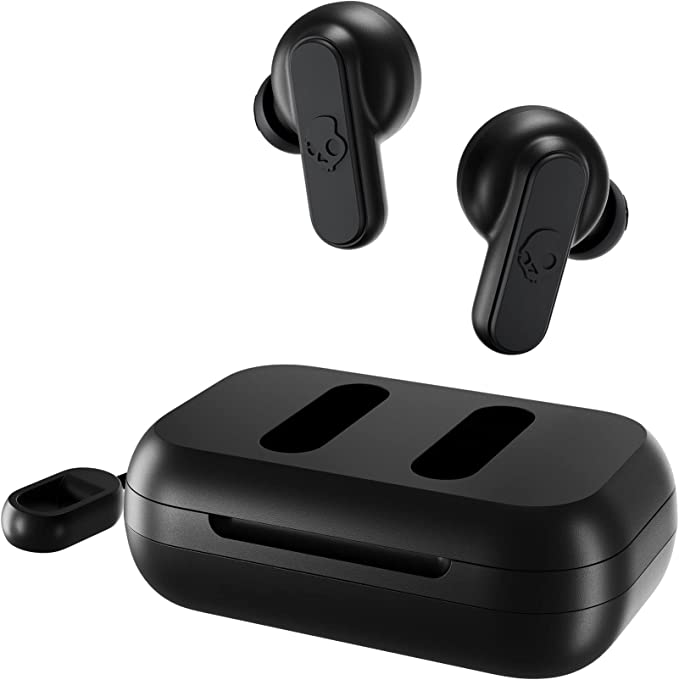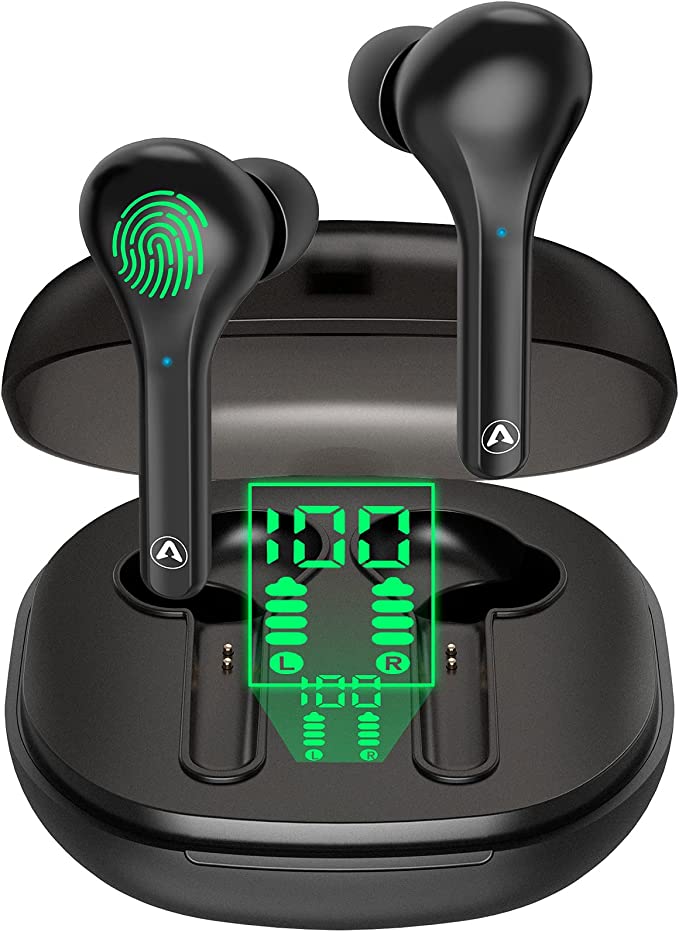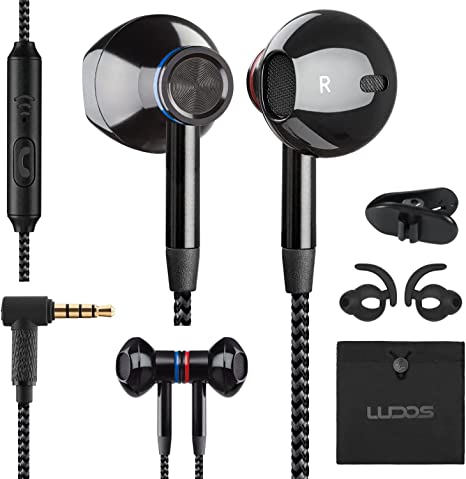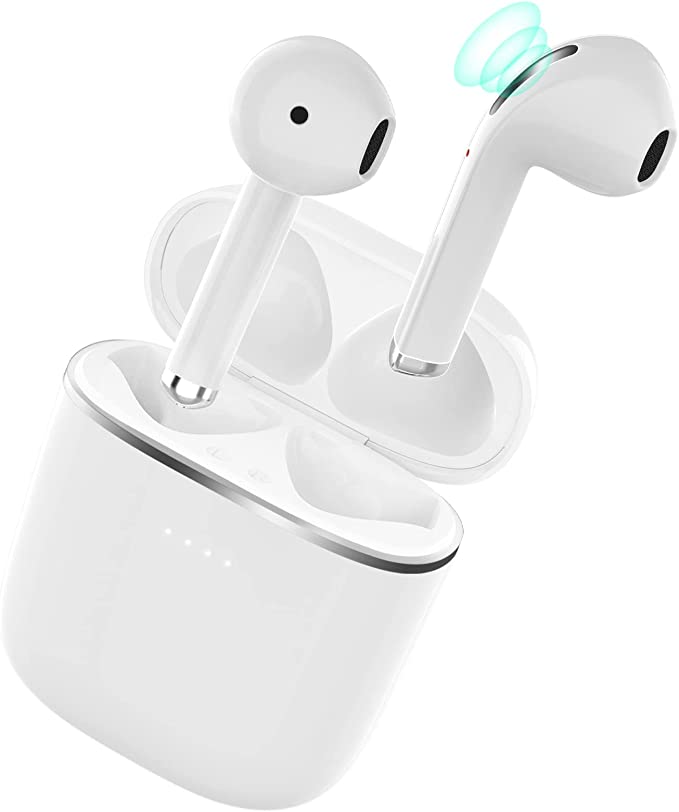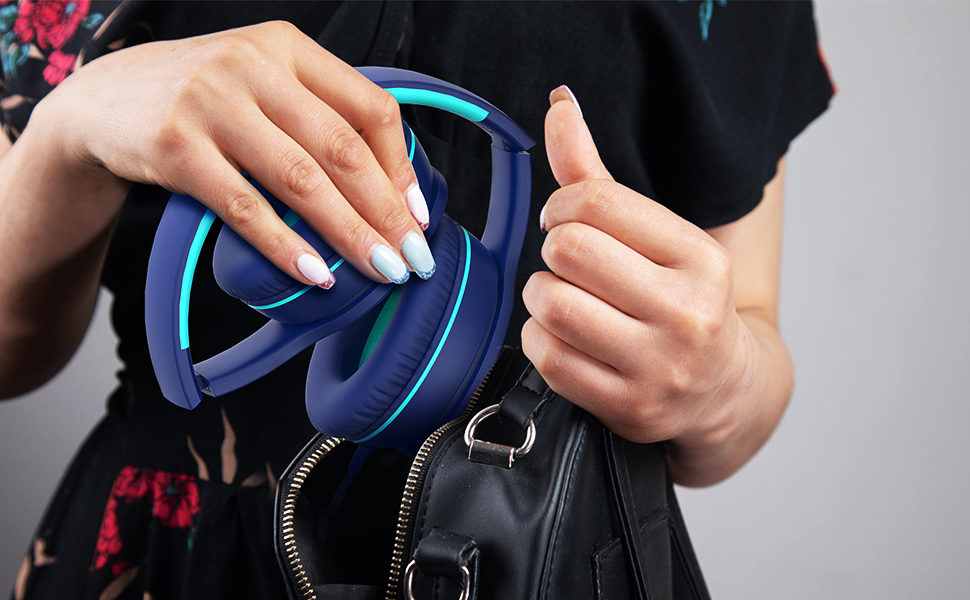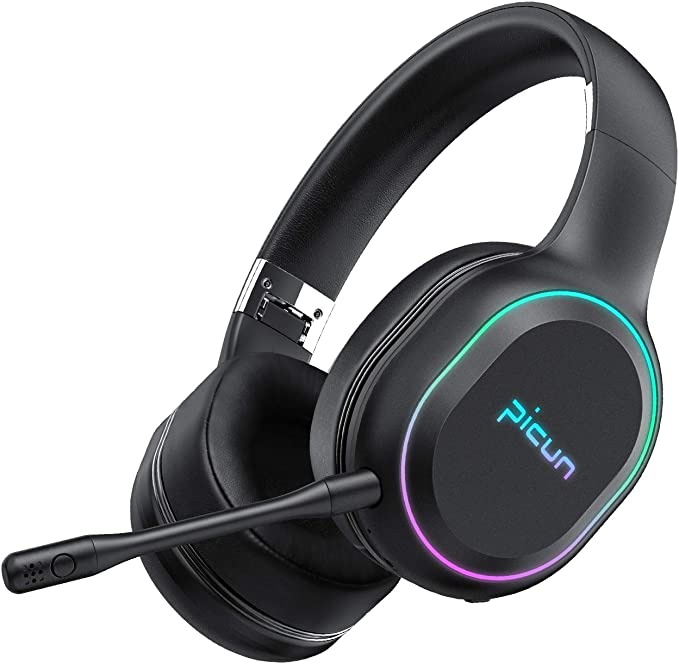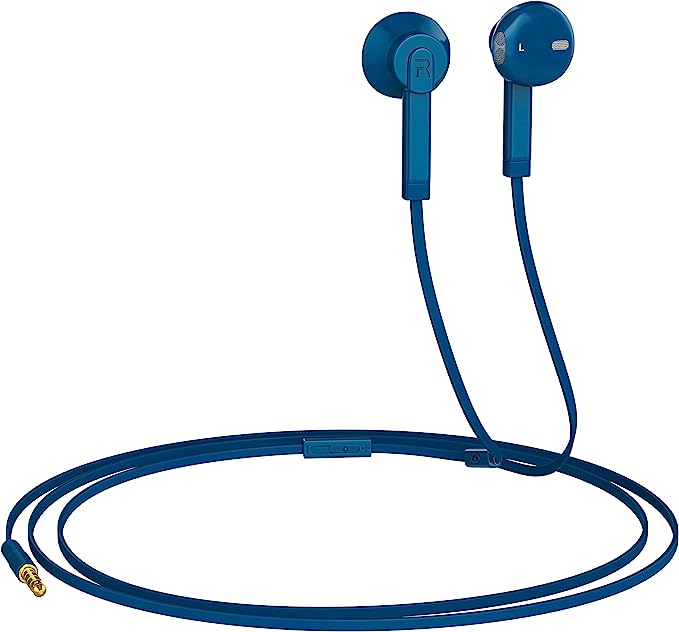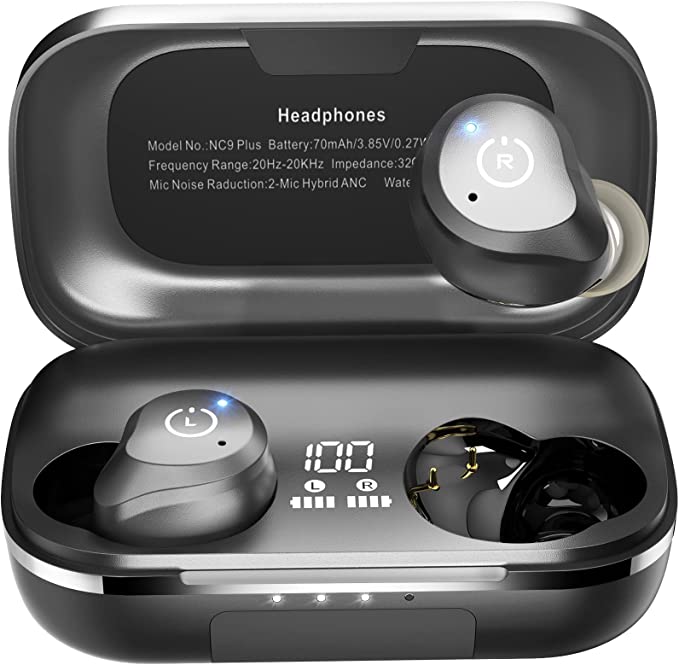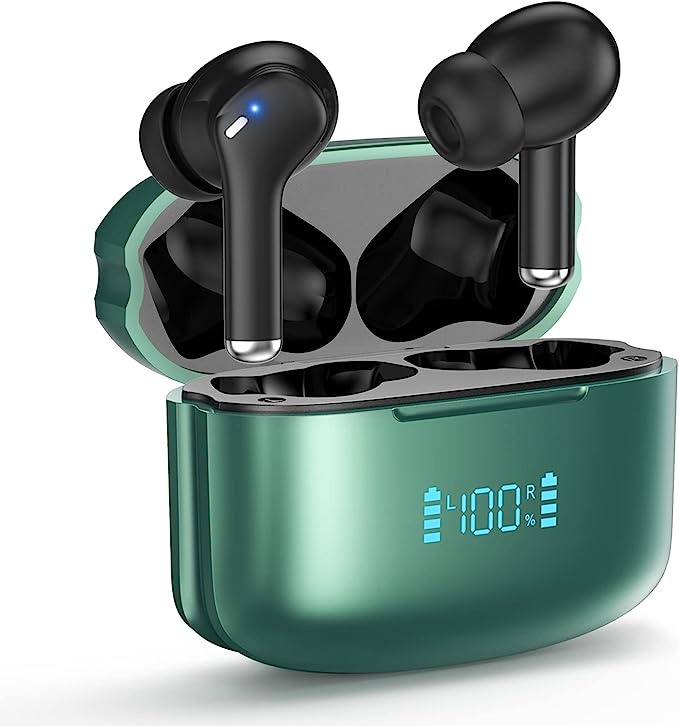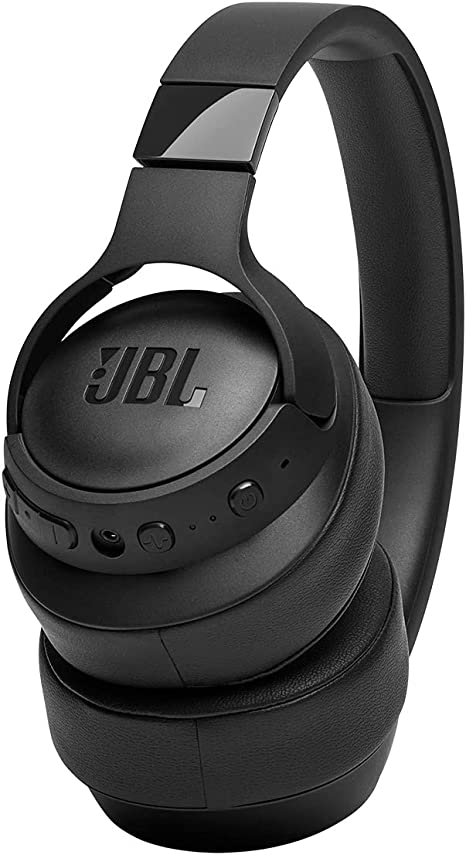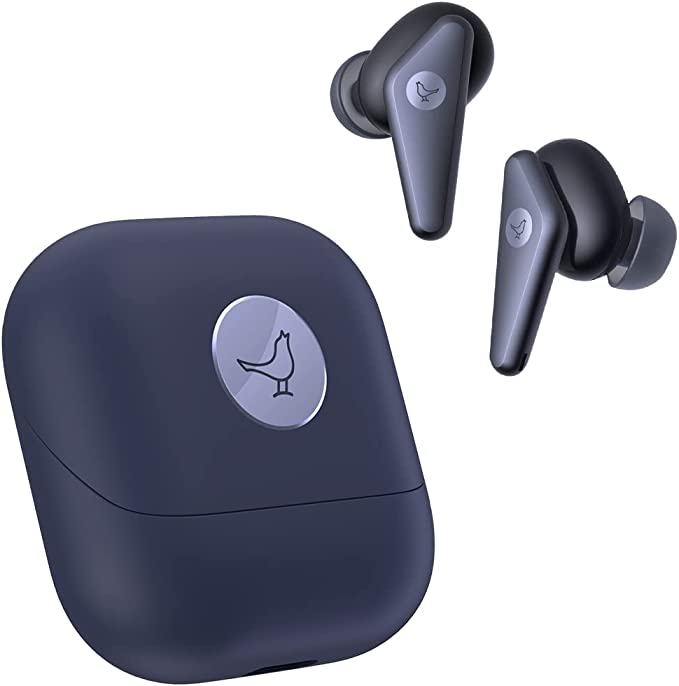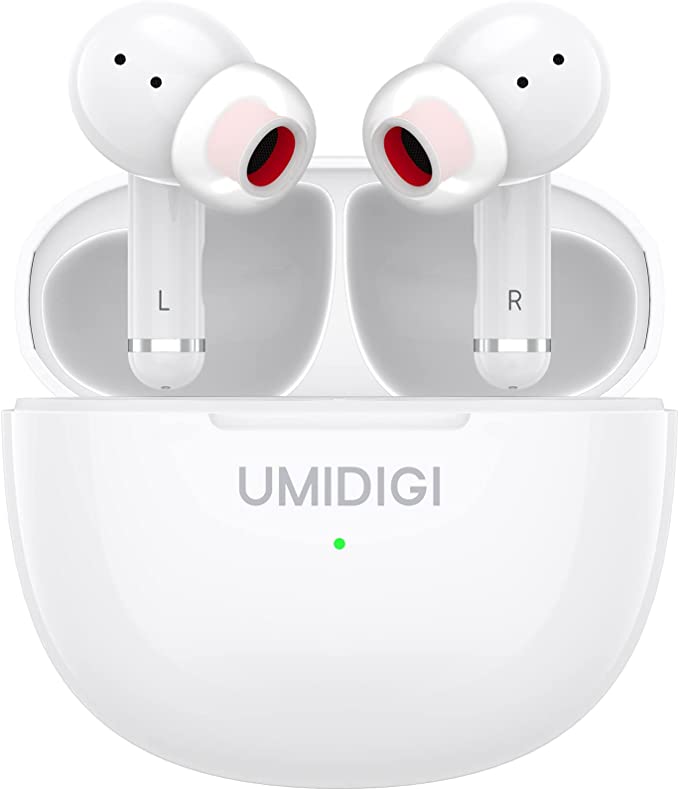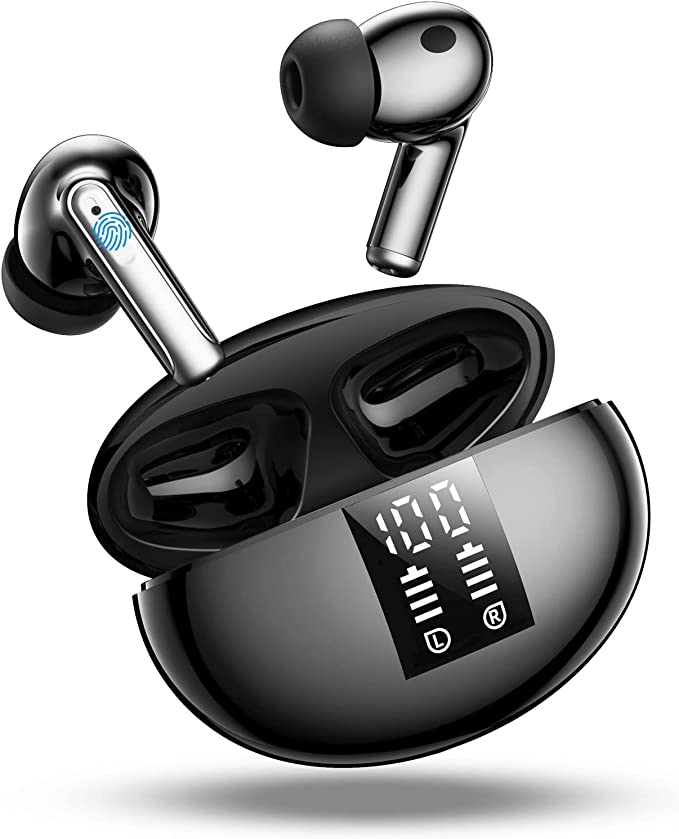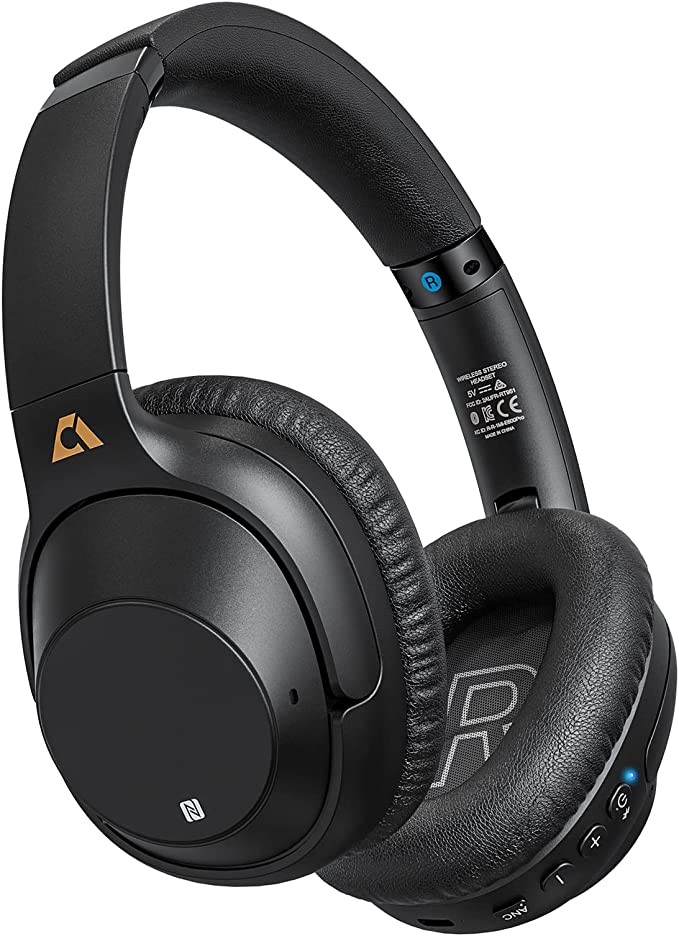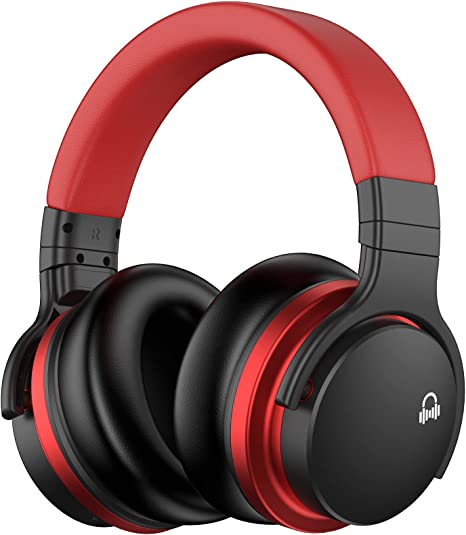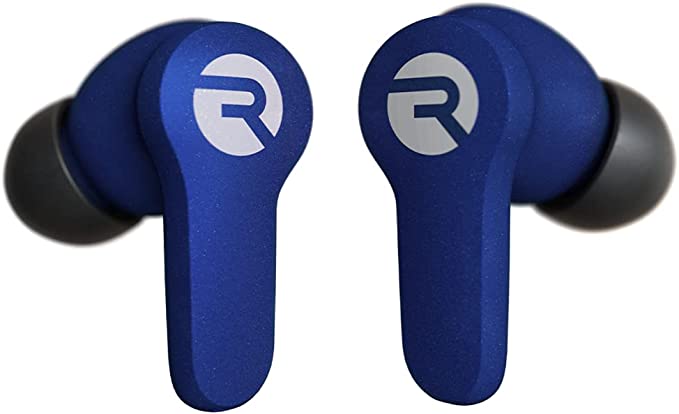The Art of the Personal Bubble: How ANC Headphones Reclaim Your Focus
Update on Nov. 14, 2025, 5:42 p.m.
Our modern world is a relentless barrage of sound. From the drone of open-plan offices to the roar of public transport, our auditory senses are constantly under siege. This sonic saturation doesn’t just annoy us; it fragments our attention, drains our mental energy, and makes deep focus a scarce commodity. In this environment, the ability to create a “personal bubble” of tranquility is no longer a luxury—it’s a crucial tool for productivity and well-being.
This is where Active Noise Cancelling (ANC) headphones come in. But to view them merely as devices for listening to music is to miss their primary function. Their true power lies in what they remove. By understanding the science behind this technology, we can learn how to wield it effectively. Using an accessible model like the Silensys E7 Wireless Headphones as our guide, let’s explore the art and engineering of building your own personal bubble.

Pillar 1: Constructing the Walls – The Physics of Active Silence
The foundation of any personal bubble is silence. Active Noise Cancellation is the technology that builds its invisible walls, and it works on a remarkably elegant principle: destructive interference.
Imagine sound as an invisible wave traveling through the air, with distinct peaks (high pressure) and troughs (low pressure).
1. Capture: Tiny microphones on the outside of the headphones constantly listen to the ambient noise around you—the steady hum of an airplane engine, for example.
2. Invert: An internal processor instantly analyzes this incoming sound wave and generates a new, perfectly opposite wave. This “anti-noise” signal has a trough where the original noise has a peak, and vice versa.
3. Cancel: The anti-noise is then played through the headphone’s speakers. When the original noise wave and the anti-noise wave meet at your ear, their opposing pressures cancel each other out.
The result is not absolute silence, but a dramatic reduction in consistent, low-frequency sounds. This is why ANC is exceptionally effective against engine drones, air conditioner hums, and the general rumble of a commute. It’s less effective against sudden, high-frequency sounds like a nearby conversation or a ringing phone, as these are too complex and unpredictable for the processor to counteract in real-time. This is the fundamental trade-off of the technology, but for creating a baseline of quiet focus, it is profoundly effective.

Pillar 2: Furnishing the Space – The Quality of Your Sound
Once the walls of your bubble are up, you must decide how to furnish the space within. This is where the audio reproduction capabilities of the headphones come into play. A quiet environment is only half the battle; filling it with high-quality, engaging sound is what truly enables focus or relaxation.
This task falls to the drivers—the engines of sound inside the earcups. The Silensys E7 features 45mm large-aperture drivers. The “45mm” refers to the diameter of the diaphragm, the membrane that vibrates to create sound waves. A larger driver has a greater surface area, allowing it to move more air. This is particularly advantageous for producing a rich, full-bodied bass response, which can make music feel more powerful and immersive.
The goal of a well-engineered driver is to achieve a balanced sound signature, providing crisp clarity for vocals and instruments in the mid-range and detail in the high frequencies, without being overpowered by the bass. This ensures that whether you’re listening to a motivational playlist, a detailed audiobook, or a calming ambient track, the sound is clear and engaging, serving as the perfect content for your newly quieted space.
Pillar 3: Ensuring Longevity – The Ergonomics of a Sustainable Escape
A personal bubble is useless if it’s uncomfortable or short-lived. To be an effective tool for long work sessions or cross-country flights, headphones must be designed for sustained use. This involves a careful balance of ergonomics and battery endurance.
-
Comfort Engineering: The comfort of an over-ear headphone depends on several factors. The Silensys E7, for example, uses protein earpads, a soft synthetic leather chosen for its plush feel and breathability. Combined with a lightweight construction and an adjustable headband, the design aims to minimize clamping force and pressure points. Features like 90-degree rotating earcups allow the headphones to conform better to the unique shape of a user’s head, ensuring a snug yet gentle fit that is critical for both comfort and effective passive noise isolation.
-
Power Endurance: The freedom of a wireless bubble depends entirely on its battery. A specification like 30 hours of playtime from a 750mAh battery is a testament to the efficiency of modern components. Technologies like Bluetooth 5.0 are designed for low energy consumption, allowing the headphones to maintain a stable connection for extended periods. This level of endurance means you can get through multiple workdays or an entire long-haul journey on a single charge, making your personal bubble a truly reliable refuge.

The Reality Check: Understanding the Compromises
It’s important to approach affordable ANC headphones with realistic expectations. While the core technology is effective, achieving a low price point involves intelligent engineering compromises. User feedback across many budget models often reveals a common pattern: * ANC Effectiveness: The noise cancellation is typically very good for low-frequency drones but less so for higher-pitched, irregular sounds like speech. It creates a bubble, but not an impenetrable one. * Microphone Quality: While functional for calls, the built-in microphone may not offer the crystal-clear voice isolation of premium models, especially in noisy environments. * Build Durability: To manage costs, components like charging ports or hinges may be less robust over the long term than those on high-end alternatives.
Recognizing these trade-offs is not a criticism, but an essential part of being an informed consumer. An affordable ANC headphone like the Silensys E7 delivers on the core promise—a significant reduction in ambient noise—making it a powerful and accessible tool, even if it doesn’t perfect every single feature.

Conclusion: Wielding Silence as a Tool
Active Noise Cancelling headphones are more than just an accessory for music lovers; they are instruments for shaping our sensory environment. By understanding the interplay of destructive interference, acoustic engineering, and ergonomic design, we can appreciate them as sophisticated tools for reclaiming our focus and creating moments of calm.
The availability of this technology in accessible packages has democratized the ability to construct a personal bubble. It empowers you to quiet the cabin of a plane, mute the distractions of an open office, and transform any space into a place of concentration or relaxation. The true art lies not in the technology itself, but in how we choose to use it to consciously curate our own mental soundscape.

